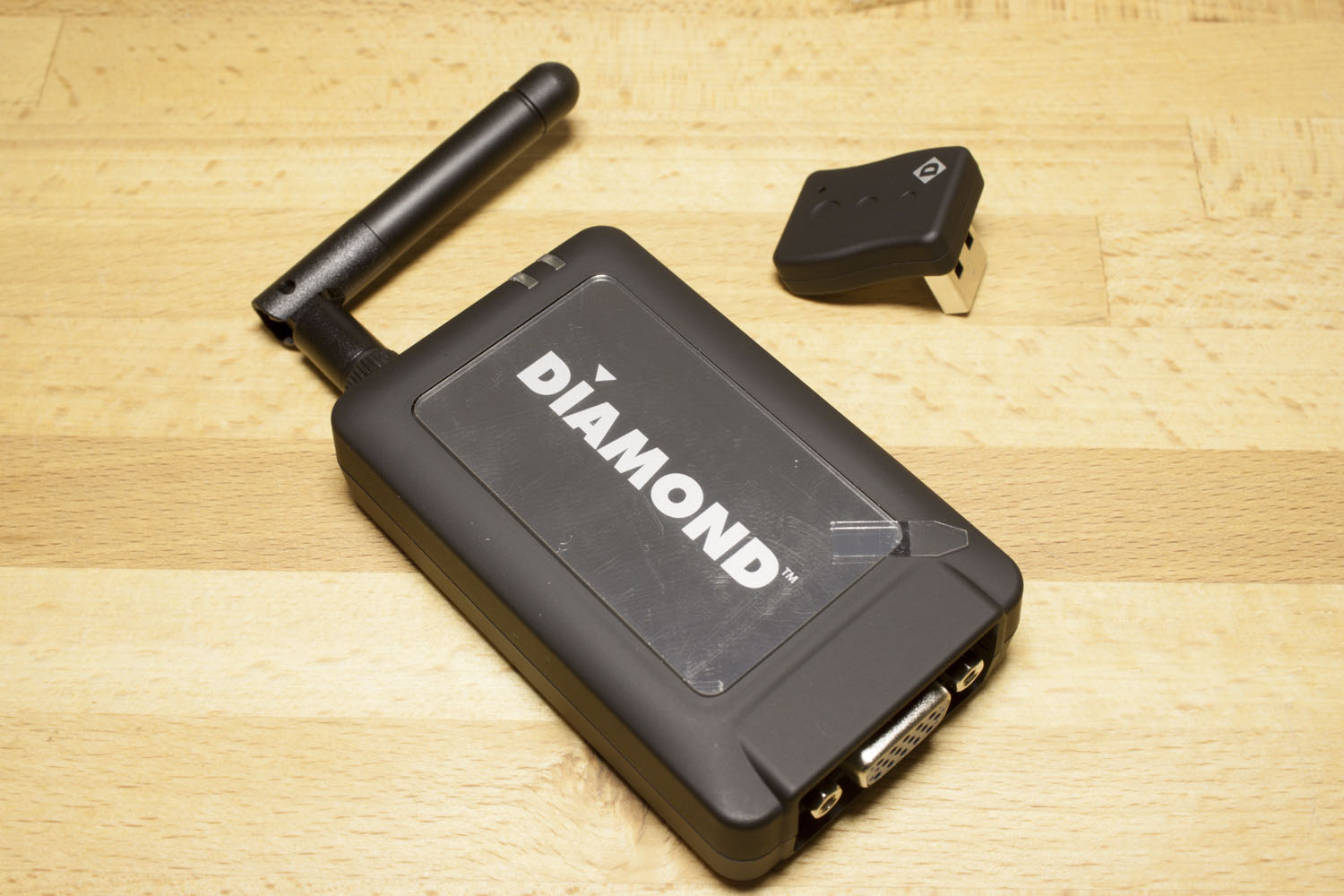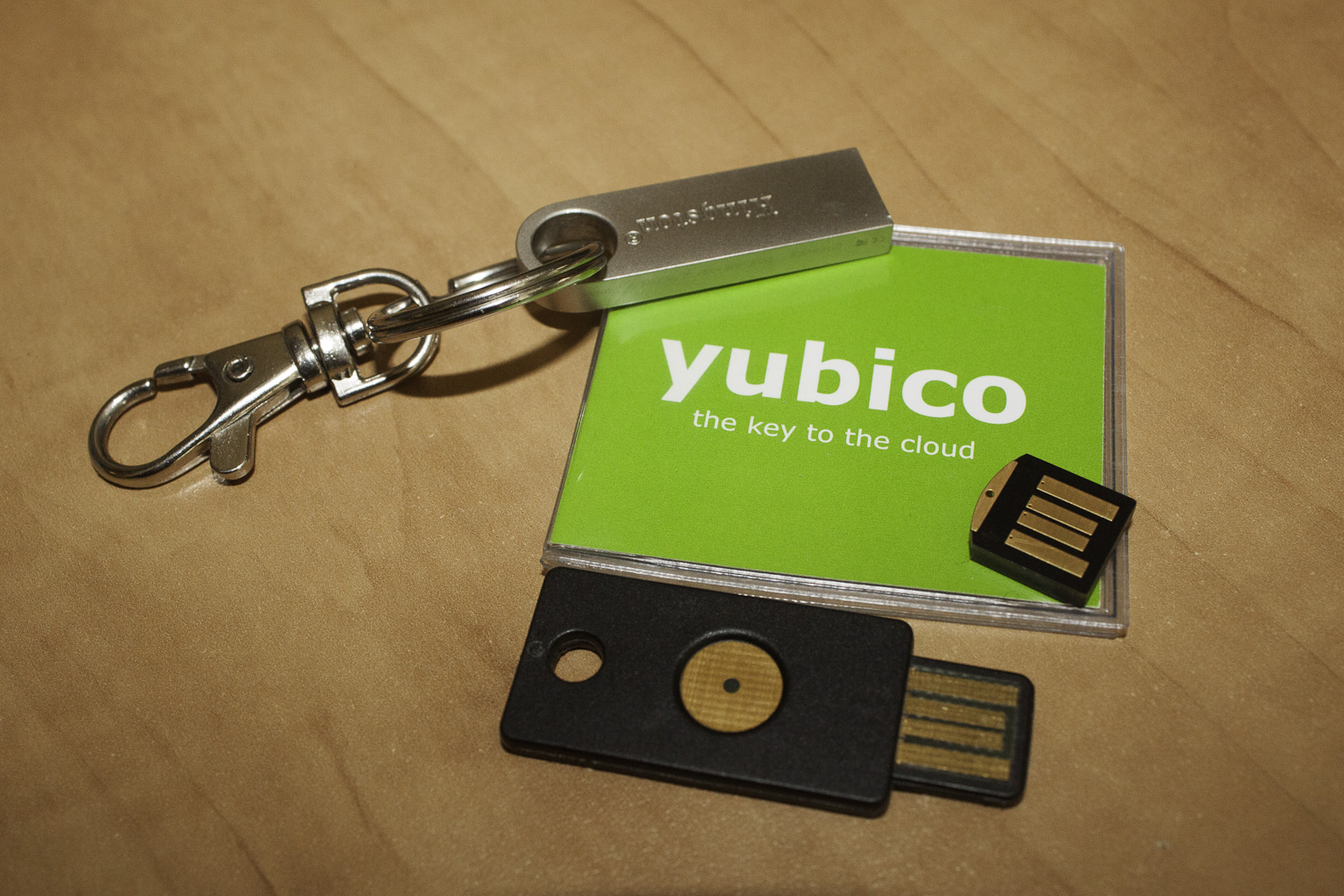Gadgets
With the introduction of smaller and smaller cameras the world became almost obsessed with recording every moment of their lives. We have seen an explosion of gadgets apps and services that allow us to post images and videos of our daily activities. For the most part these are mildly interesting, but not really ground shaking. There is an area that while appearing innocuous, can actually be an important one in many ways. This new area of life recording is the dashcam. These devices are designed to record our travels on the roads (and off). In most cases they are forward facing and do not do much more than record the road ahead of you to some sort of removable media. In more advanced cases they are capable of watching the road, ensuring that you are not drifting, warning if you are too close to something ahead of you and tracking your location. With these advanced cameras you have a safety product in addition to being able to broadcast your driving habits. Today we will be taking a look at one of these advanced models, the Papago P2 Pro. So let’s dive in and see what it can do.
- Details
- By Sean Kalinich
- Hits: 22984
Home Theater PCs, Streaming Media devices, and other homer entertainment electronic devices are an interesting market. It is also one that has died and been resurrected more than once. Right now it is on an upswing with devices from multiple companies dropping products on the market. We have been taking a look at a few of these not only from a technology perspective, but also from a usage standpoint. Some of these are very basic with limited functionality and, to be honest, are not worth the price that the manufacturers are asking. However, as with any product, there are ones that stand out. We are taking a look at one of these today in the form of the NETGEAR NeoTV MAX.
- Details
- By Sean Kalinich
- Hits: 31940
 |
The concept of wireless display is not a new one. Many designs and devices have been built to give the ability to connect to a display without the need for long cables strung across the floor. The idea has caught on in many sectors of the market so much that both AMD and Intel have their own built-in wireless display APIs (and hardware subsystems). Most of these are built into newer mobile products, which means that if you are trying to connect a desktop or another device without WiDi (wireless display) already built in you are out of luck. Fortunately for all of us someone came up with the bright idea of combining the USB display concept with WiDi to deal with that little issue. We are taking a look at one of these today in the form of the Diamond V-Stream WPCTVPRO USB 1080p Wireless Display adapter.
- Details
- By Sean Kalinich
- Hits: 31635
Read more: Diamond WPCTVPRO Vstream Wireless 1080p PC to TV...
 |
There is no doubt that the mobile market has gotten huge. Everyone is building devices to enable, extend, accessorize, and maximize the mobile experience. Mobile data usage (which really means media consumption) has gone through the roof. What is interesting about the usage numbers is that they are not all 3/4G in most cases the data is flying over public or private Wi-Fi networks. This has opened up a market for a new class of device and as you might imagine manufacturers have stepping into fill this need. The first generation was all about getting the media to your device, but was limited in a couple of ways; you could not expand the memory and also there was no way to prevent battery drain on the device you were using to access the media. This is where the second generation comes in; devices with media ports instead of fixed memory and also the ability to charge your mobile device. Today we are taking a look at the ADATA DashDrive Air AE400; let’s see what it brings to the table.
- Details
- By Sean Kalinich
- Hits: 27082
 |
As more and more user accounts are hacked, we still hear about systems that still allow for simple password hints, security questions, and even worse will not allow for complex passwords. We know of at least three banks that will not allow special characters in their passwords and limit them to 14 character maximums. This lack of foresight on the part of the people that are supposed to be protecting our data is shocking to say the least. Even with easy access to items like TFA (Two-Factor Authentication) we still hear about security breaches and account hacks on a daily basis. So what do you do if an online service does not provide any two-factor authentication? Most would say you are out of luck, but there is something that might help keep things a little more safe than just the stock password that you are required to drop into your accounts. This is the Yubikey which provides something like a secure token that you can add to your online accounts to put in a little more protection.
- Details
- By Sean Kalinich
- Hits: 33066
More Articles …
Page 2 of 4



